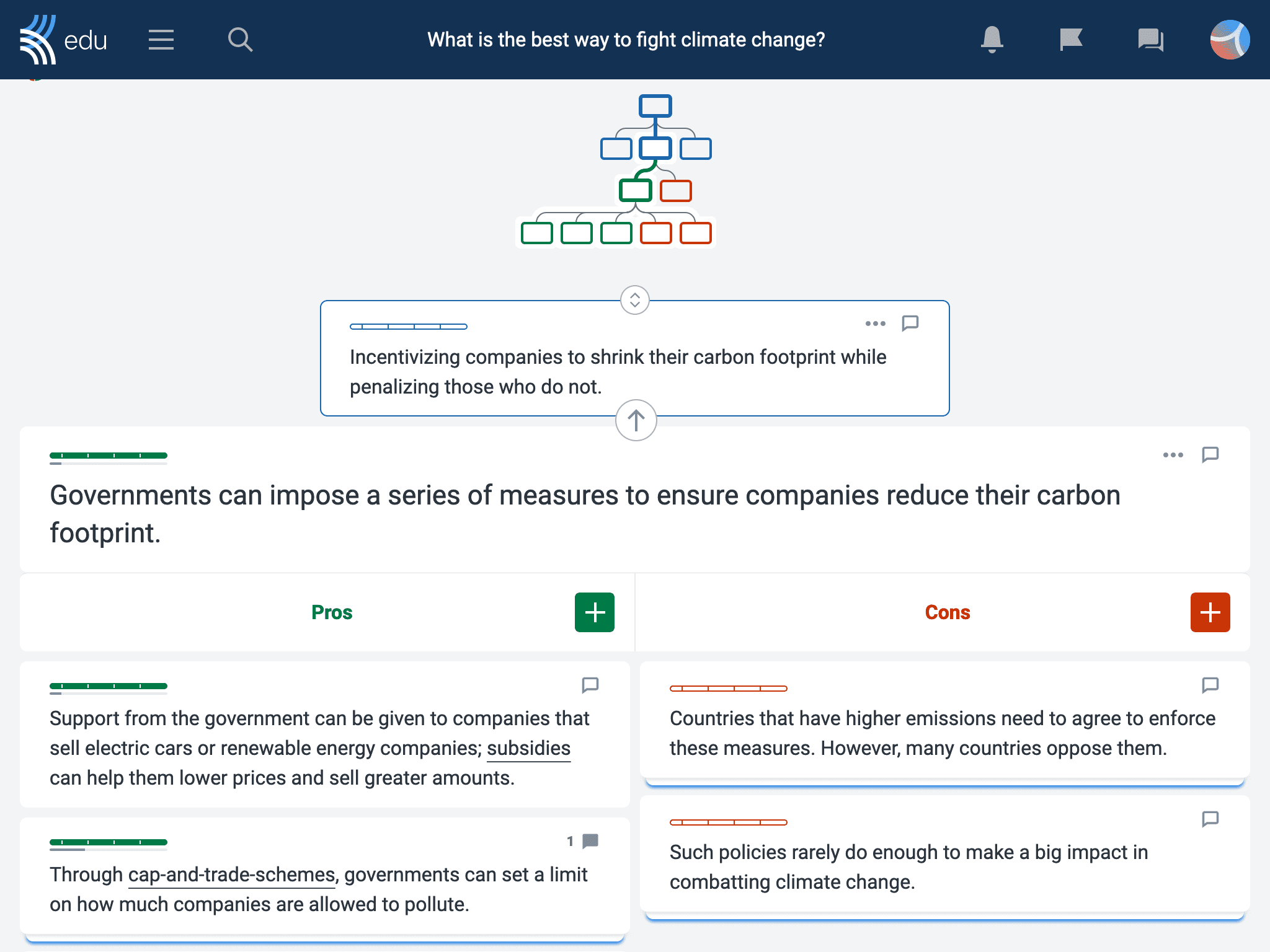The ancient Greeks left behind numerous impressive legacies, and now we can add another to the list in the form of dialogic teaching! This pedagogical approach began with Socrates, who used dialogue to develop critical thinking skills in his students.
Although his methods were unpopular with authorities at the time, they have endured and evolved into today’s dialogic teaching approach. So, let’s explore dialogic teaching and how it develops critical thinking skills.
What is dialogic teaching?
Dialogic teaching contrasts with the didactic method, which is teacher-centered and relies on educators to transmit knowledge to passive students. Instead, dialogic teaching is collective and supportive. Educators facilitate discussions and act as learning partners to students, who actively participate in the learning process.
Dialogic discourse is also cumulative and reciprocal. In this teaching method, teachers pose open-ended questions to stimulate new thinking and help students hone higher-order thinking skills through purposeful dialogue. Educators set clear learning goals and use timely intervention and feedback to ensure discussions are purposeful.
How does dialogic teaching develop critical thinking skills?
Dialogic teaching promotes critical thinking in students by fostering their ability to analyze and evaluate information. It necessitates an open-minded, truth-seeking approach in which students express ideas and opinions and employ active listening skills to consider alternative viewpoints.
Because educators are learning partners rather than experts, students practice assuming responsibility for challenging assumptions and bias. For students, this highlights the importance of justifying opinions with evidence to strengthen reasoning. Moreover, through co-constructing lines of argumentation, students learn to solve problems and resolve conflict to reach a consensus.
The result is that students are equipped with a range of 21st-century skills that they can apply across the curriculum and in their future academic, personal, and professional endeavors to become active citizens.
What are the benefits of dialogic teaching?
1. Dialogic teaching empowers students to become active participants in their learning
Research from the Education Endowment Foundation and the University of Cambridge demonstrates clear connections between dialogic teaching and improved pupil engagement, attainment, and academic achievement. Encouraging students to reason, discuss, argue, and explain promotes active participation and develops higher-order thinking skills.
2. Dialogic teaching values all student contributions
During civil discourse, dialogic teaching encourages all students to voice their thoughts. This builds their confidence to learn that contributions are vital to the overall learning of the class, boosting student motivation to participate.
3. Dialogic teaching fosters deeper meaning in learning
In dialogic teaching, educators scaffold learning with questions that challenge students’ thinking and lead them to actively construct meaning from lesson content. Students apply their knowledge to authentic problems, fostering a deeper understanding of learning.
4. Dialogic teaching provides more meaningful assessment opportunities
Acting as facilitators rather than leaders allows educators to observe and evaluate students’ abilities and build a more comprehensive understanding of their progress. During discussions, educators can conduct formative assessments, tailor questions, and provide targeted support based on students’ contributions.
5. Students have opportunities to engage with multiple perspectives

Dialogic teaching creates an environment that encourages the respectful exchange of ideas, exposing students to multiple perspectives. Through active participation, students can practice articulating their opinions clearly and coherently, considering diverse viewpoints, and collaboratively working toward a common goal, helping them to become better communicators.
How can Kialo Edu support dialogic teaching?
Kialo Edu’s library of curriculum-linked debate topics is an ideal starting point for educators wishing to employ a dialogic approach in their lessons. Students could discuss globalization, climate change, or social media.
To begin, educators choose a relevant debate topic and share the thesis and top-level claims with students, stimulating initial ideas. Through discussion, educators then guide students in adding claims to the argument map, which serves as a framework for organizing ideas and opinions.
By collaboratively adding pros and cons to a discussion, educators and students can support or challenge each other’s claims. This structure helps educators to expose students to diverse perspectives within discussions.

Students justify arguments and claims by linking to supporting sources and noting relevant quotations. To further build collaboration, students can comment on claims to support or challenge each other’s contributions, while educators guide students with individual or group feedback.
Each Kialo Edu discussion provides a safe and inclusive space for students to engage in the deep, reflective thinking that dialogic teaching demands. If students are reluctant to share opinions, educators can allocate anonymous usernames — particularly useful when discussing sensitive or controversial topics.
Last (but definitely not least!), argument maps produced in a Kialo discussion provide a written record of dialogic discourse, making it easy to build on discussions, refer back to previous learning, and evidence assessment judgements.
So, why not unleash the power of dialogic teaching in your classroom? It has the potential to empower students to become active learners, effective communicators, and critical thinkers. While the ancient Greek authorities may not have fully appreciated these qualities in their youth, in today’s democratic societies, possessing these skills can set your students on the path to success!
We’d love to hear how you’re using dialogic teaching to develop critical thinking with your students. Contact us at feedback@kialo-edu.com or on any of our social media platforms.

